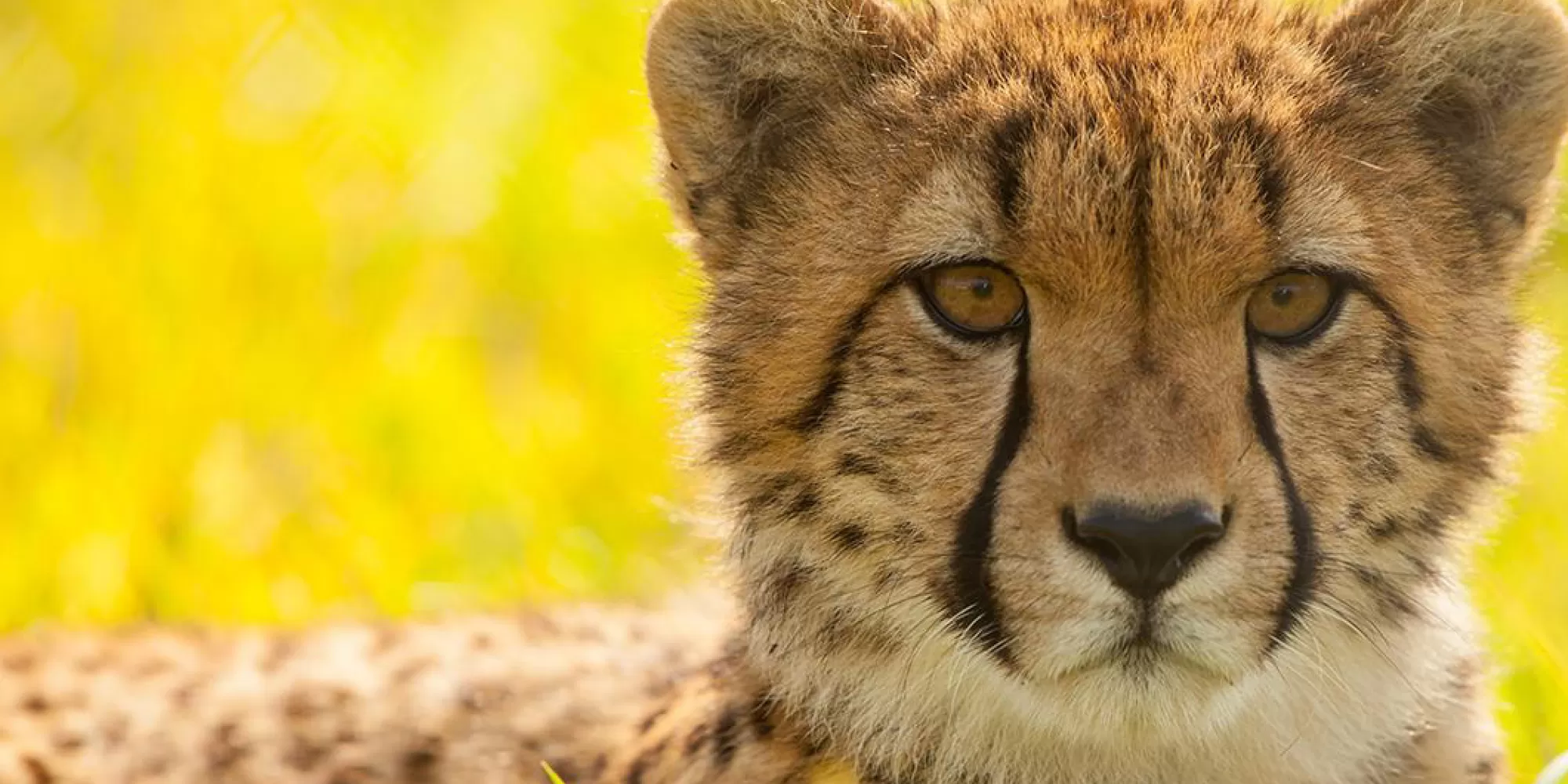Search

Collections Overview
The National Museum of Natural History houses one of the most important collections of mammals in the world. The collection is referenced in the scientific literature by the acronym USNM, derived from the former name United States National Museum. With roughly 590,000 voucher specimens, it is by far the world's largest, nearly twice the size of the next largest mammal collections.
Representation
The taxonomic and geographic scope of the USNM mammal collection spans the globe, with especially strong representation from North America, Central America, northern South America, Africa, and southeast Asia.
Types
The research value of this collection to mammalogists is evidenced by the 3200 primary type specimens preserved, a number exceeded only by The Natural History Museum, London.
Specimen Preparations
The mammal collections consist of dried mammal skins, skeletons, and whole fluid preserved carcasses kept for the purpose of scientific research.
Genetic Resources
The National Museum holds a wealth of genetic resources collected specifically for analysis. These have been variously preserved in ethanol, buffers, or frozen whole. Regardless of past preservation, all tissues are now stored in freezers at -80 degrees C, and will soon be transferred to liquid nitrogen dewers in a centralized tissue storage facility. These tissues have been collected to be subsampled and consumed.
Historic Collections
The USNM mammal collection includes many historically important specimens. The oldest originated from the activities of the U.S. Exploring Expedition, dating from 1838-1842, and the personal collection of Spencer Fullerton Baird (the second Secretary of the Smithsonian Institution), also from the 1840s. While collection growth was modest in the early years, a number of mammals were collected by government expeditions conducting surveys in the western United States from the 1850s-1870s. A significant portion of the North American collection resulted from the Biological Survey program initiated by C. Hart Merriam and conducted by the U.S. Department of Agriculture (later the Department of Interior) in the 1890s-1930s. Around the turn of the century William L. Abbott made large collections of mammals from central and southeast Asia. The Smithsonian African Expedition acquired many specimens from east Africa (1909-1911), some of which were collected by former President Theodore Roosevelt. Finally, during the 1960s, large field programs surveying mammals as disease vectors, such as the Smithsonian Venezuelan Project and the African Mammal Project, added more than 100,000 specimens to the USNM mammal collection.